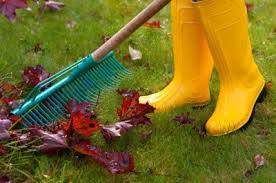Be True to Your School
Wednesday, September 10th, 2014Calling all Humewood Community School alumni: your alma mater wants you.
Humewood is marking its 100th year anniversary on October 18 from 1pm – 4pm and the school is looking for alumni to spread the word and to help out.
Organizers of the celebration are asking former students to search the recesses of their minds for memories of their time at Humewood. Here is what they want you to think about:
What is your favourite memory of Humewood?
How did you get to school? What did you do during recess?
What did you do after school?
How was school life different from today? Anything else you would like to share?
Organizers plan to put together poster boards with the answers. Feel free to send in photos as well. Please send your replies to Julia Lalande at humewoodcentenary@gmail.com. You can also contact Humewood’s new principal Julie Whitfield at Julie.Whitfield@tdsb.on.ca. Julie would also like to hear from you if you are interested in getting involved on the actual day.
One of six public schools built in 1914, Humewood originally had 11 rooms including three classrooms, each with seats for 48 students. The building also contained an office, a teachers’ lounge, and an inspection room. The 240- x 568-feet lot was valued at $45,440, the building at $90,000 and the furniture, $1,000.
The school’s name came from Humewood Ave., the street that bounded its eastern side, which was named for the Honorable William Hume Blake, the Vice-Chancellor of Upper Canada. His 50-acre estate, built in the 1850s, was named after his ancestral home in Ireland.
In its early days, Humewood’s classrooms were kept at a chilly 50 degrees Fahrenheit. But the building was magnificent with large windows, high ceilings and wide staircases. The classrooms also had high ceilings and rooms were airy and bright.
Over the years, various improvements and changes were made to the school including the addition of services, a gymnasium, a library, a medical health service and outdoor playing fields. At one time the school served its residents as an informal community centre for various organizations and interests. Thanks to the community’s fantastic growth, a brand new school was built in the early ‘70s to meet the needs of this ethnically diverse community.
On a few occasions, Humewood has been threatened with closure but thanks to its devoted school community, supporters have managed to watch its much-loved school grow and prosper.
In 2011, the Toronto District School Board committed millions toward retrofitting Humewood and the school underwent significant renovations that included eliminating the open plan design, new French immersion and specialized classrooms, lockers, smart boards and Wi-Fi.


